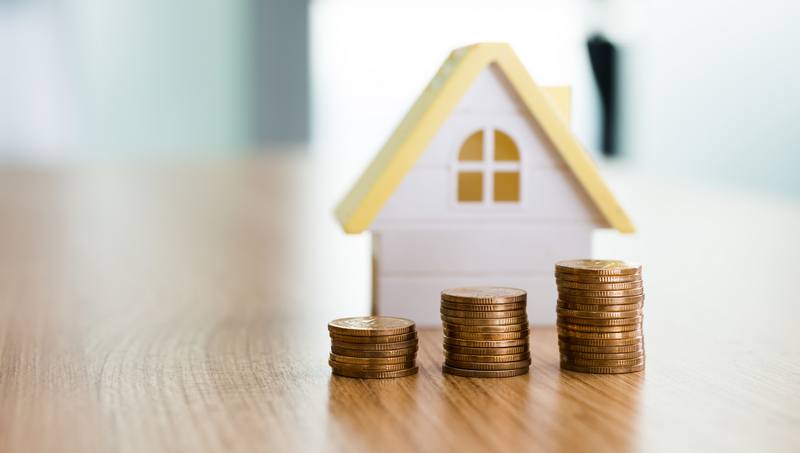Home Improvement / January 9, 2019

Your home is your biggest investment, and sometimes making the most of that investment involves putting money into it in the form of renovations, repairs and general home improvements. Unfortunately, your budget isn’t always going to be in line with the amount required to perform the repair or upgrade that’s needed.
At times such as these, knowing the kinds of financing that may be available to you in the form of home improvement loans is invaluable. Here are some of the most common types of loans and some of the main points about them.
This type of loan, also known as a second mortgage, allows you to use the equity in your home as collateral. And because your house is used to secure the loan, the amount of risk is lowered for the lender, which translates into interest rates that are generally much lower than that of credit card APRs. Conversely, as the borrower you take on greater risk, since the lender can foreclose on your house if you’re not able repay the loan. Just like your main mortgage, the loan is in a fixed amount that’s determined by the amount you have remaining on your mortgage and how much equity you have in your home. Payments are made in monthly installments over a fixed term (from 5-30 years), and the interest rate is typically fixed as well.
Instead of borrowing a fixed dollar amount all at once, this type of loan allows you to borrow up to a set amount. This loan is divided into two parts: a draw period and a repayment period. Over the draw period (usually 5-10 years), money can be taken out up to the designated draw amount, and payments are made toward interest only. When the repayment period begins, borrowers begin to make payments to principal, which are figured by a simple equation: the balance at the end of the draw period divided by the number of months in the repayment period. Interest is calculated daily instead of monthly, and the APR on a HELOC is the same as the interest rate.
If you have equity built up in your home, this might be the loan for you. A cash-out refinancing loan allows you to take out a new home loan for more than you owe on your current mortgage, and at closing you receive the difference in the form of cash. You can use this to pay off debt, do some bathroom remodeling or kitchen remodeling, or for anything else you may be in need of. Interest rates for this type of loan are a little higher because of the higher loan amount, and like a home equity loan, your home is used as collateral. New terms will be drawn up, and as with any refinance, you’ll have to pay closing costs.
This type of unsecured loan typically ranges in amount from $1,000 to $50,000. Rates are usually fixed, making it easy to schedule consistent monthly payments, and are determined by your credit score. The APR includes interest and some additional fees, and the payback period is generally between two and five years.
If you qualify for these programs, you can be offered assistance or special benefits. The requirements vary based on the type of loan. Three of the most common government refinancing programs are:
Once you have your financing in order, all it takes is a quick call to Handyman Connection at 1-800-88-HANDY to schedule a project consultation. Whether you need a handyman for minor repairs or a major remodel, contact us today!